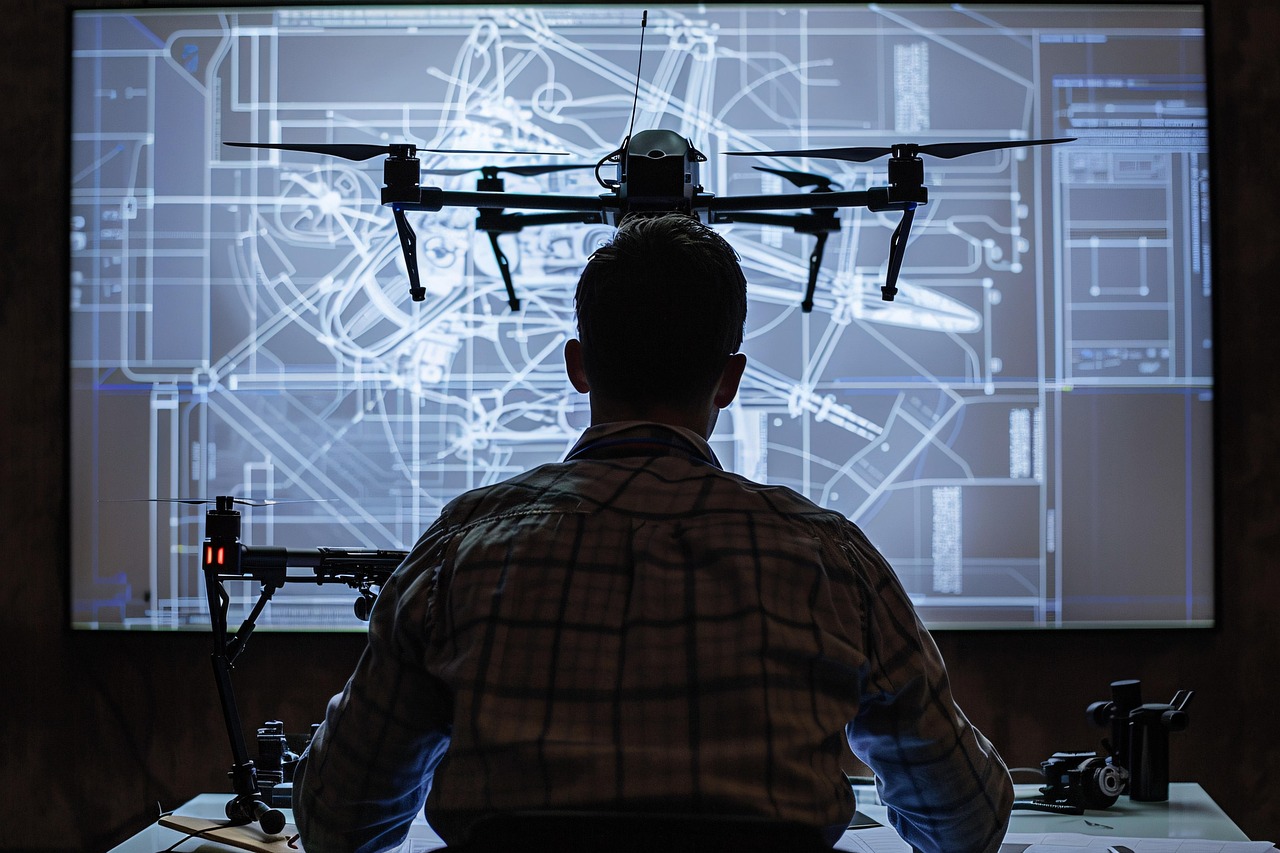Over the past decade, LiDAR—short (Lidarmos) for Light Detection and Ranging—has emerged as a cornerstone technology in sectors like autonomous driving, topographic mapping, environmental science, and robotics. It provides high-resolution 3D spatial data by bouncing laser light off surfaces and measuring the return time.
But as the field evolves, so does its technology. One emerging term in this space is Lidarmos. While not as widely recognized as “LiDAR,” Lidarmo’s appears to represent a new generation or specialized implementation of LiDAR systems, incorporating advanced software, proprietary algorithms, or integrated sensor packages.
In this article, we’ll explore what Lidarmos is, its potential role in modern mapping systems, and why it’s becoming increasingly important in today’s data-driven world.
What Is Lidarmos?
Lidarmos is believed to be a hybrid or proprietary system derived from LiDAR, designed for enhanced data acquisition, faster processing, and greater integration with real-time mapping systems. While exact definitions can vary depending on vendors or developers, Lidarmo’s generally combines:
- LiDAR sensor hardware
- Machine learning algorithms
- Mapping software or platforms
- Cloud-based data processing
Think of Lidarmos as a LiDAR ecosystem rather than just a sensor. It’s engineered to offer more than traditional LiDAR by providing intelligent automation, higher resolution, and more precise mapping—often in real-time.
The Core Technology Behind Lidarmos
To understand Lidarmos, it’s essential to grasp how it builds on traditional LiDAR systems.
1. Laser-Based Distance Measurement
At its core, Lidarmo’s still uses LiDAR principles: a laser beam is emitted, hits an object, and bounces back. The time taken for the return is used to calculate distance with high accuracy.
2. AI and Machine Learning Integration
Lidarmos often incorporates AI algorithms that allow the system to:
- Classify terrain automatically
- Detect moving objects
- Distinguish between natural and man-made structures
- Improve accuracy through data correction models
This allows for intelligent mapping and real-time adaptation, crucial for autonomous systems and environmental monitoring.
3. Cloud-Based Data Processing
One key feature that sets Lidarmos apart is its use of cloud computing. Unlike traditional LiDAR systems that require extensive post-processing, Lidarmos platforms can:
- Upload data in real time
- Process and visualize 3D maps in the cloud
- Allow remote access and collaboration
- Integrate with GIS platforms or vehicle navigation systems
4. Modular Hardware Systems
Lidarmo’s may include compact, modular LiDAR units with plug-and-play functionality, making them ideal for drones, autonomous vehicles, or robotics.
Applications of Lidarmos Technology
1. Autonomous Vehicles
Autonomous vehicles rely on real-time spatial awareness. Lidarmos enhances this with:
- Faster object detection
- Real-time 3D mapping
- Integration with vehicle control systems
- Reduced latency and improved safety
Some proprietary autonomous navigation systems are likely built on Lidarmos-like frameworks for seamless operation in complex environments.
2. Topographic and Geospatial Mapping
Lidarmos systems are particularly effective for high-precision terrain modeling, including:
- Elevation mapping
- Coastal erosion tracking
- Flood risk assessment
- Urban planning
Because Lidarmos integrates with GIS and uses cloud processing, maps can be updated more frequently and with greater detail.
3. Environmental Monitoring
From forest canopy analysis to wildlife tracking and climate studies, Lidarmos offers:
- Non-intrusive scanning
- Multi-layer vegetation modeling
- Change detection over time
- Real-time data feeds for researchers
This level of detail is invaluable for long-term ecological monitoring.
4. Industrial and Warehouse Automation
In warehouses or industrial sites, Lidarmos supports:
- Robotic navigation
- Collision avoidance
- Spatial layout mapping
- Workflow optimization
It allows robots and automated systems to “see” their surroundings and make intelligent decisions.
Benefits of Lidarmos Over Traditional LiDAR
| Feature | Traditional LiDAR | Lidarmos |
| Data Processing | Often manual and time-consuming | Automated and cloud-based |
| AI Integration | Limited | Native integration |
| Real-Time Mapping | Not always possible | Real-time enabled |
| Modular Design | Often bulky | Compact and flexible |
| Multi-Platform Compatibility | Varies | Highly adaptable |
How Lidarmos is Shaping the Future of Mapping
The evolution from LiDAR to Lidarmos represents a paradigm shift—from simple data collection to intelligent, actionable spatial analysis.
Whether it’s a self-driving car avoiding a pedestrian, a drone scanning a forest canopy, or a robot navigating a dynamic warehouse, the ability to interpret space in real time with high accuracy is critical. Lidarmos bridges the gap between raw LiDAR data and meaningful insights.
Challenges and Considerations
Despite its advantages, there are some challenges to consider with Lidarmos:
- Cost: Advanced systems can be expensive to develop and deploy
- Bandwidth: Real-time cloud-based mapping requires high-speed data transfer
- Data Security: Sensitive location data may require encryption or compliance with data protection laws
- Power Requirements: High-performance sensors and processing units can consume significant energy
Ongoing research aims to address these concerns, making Lidarmos more accessible and efficient.
How to Choose a Lidarmos System
If you’re considering integrating Lidarmos technology into your project or business, here are some tips:
- Assess your application – Are you mapping terrain, navigating, or monitoring environments?
- Choose scalable solutions – Opt for systems that can evolve with your needs.
- Check compatibility – Ensure it integrates with your existing GIS or robotics platforms.
- Prioritize support and updates – Work with vendors who offer regular software updates and customer support.
The Future Outlook of Lidarmos
As mapping technology becomes increasingly critical to emerging industries, Lidarmos is poised to lead the way in real-time, AI-powered spatial intelligence. Expect to see:
- Miniaturized versions for smartphones or wearables
- Open-source Lidarmos SDKs for developers
- Wider adoption in agriculture, construction, and urban planning
- Improved energy efficiency and edge computing capabilities
The integration of AI, cloud platforms, and modular hardware makes Lidarmos a game-changer in how we perceive and interact with our spatial environments.
Frequently Asked Questions (FAQs)
❓ Is Lidarmos a brand or a type of technology?
Lidarmos appears to refer to a specific LiDAR-based system or framework, possibly proprietary or customized for particular industries. It is not a generic term, but rather a niche evolution of LiDAR.
❓ What makes Lidarmos different from regular LiDAR?
Lidarmos typically includes real-time data processing, AI integration, and cloud-based mapping, offering more intelligent and scalable solutions compared to traditional LiDAR systems.
❓ Who uses Lidarmos?
Lidarmos is relevant for industries such as autonomous transportation, environmental science, robotics, logistics, and urban planning.
❓ Can Lidarmos be used with drones?
Yes. Many Lidarmos systems are designed to be lightweight and modular, making them ideal for drone-mounted applications.
Final Thoughts
The evolution of spatial sensing technology is reaching new heights with Lidarmos—a smarter, faster, and more integrated approach to mapping the world around us.
Whether you’re an engineer, researcher, or business innovator, understanding Lidarmos can give you a competitive edge in a world increasingly dependent on spatial intelligence.
As the line between physical and digital continues to blur, Lidarmos isn’t just about mapping the earth—it’s about mapping possibilities.




